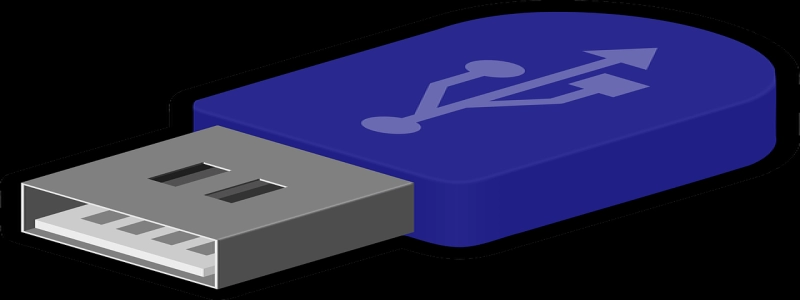Single Mode vs Multimode Fiber
I. Introduction
A. Definition of single mode and multimode fiber
B. Importance of fiber optic cables in telecommunications
II. Single Mode Fiber
A. Characteristics and construction
B. Advantages of single mode fiber
C. Applications of single mode fiber
III. Multimode Fiber
A. Characteristics and construction
B. Advantages of multimode fiber
C. Applications of multimode fiber
IV. Comparison between Single Mode and Multimode Fiber
A. Bandwidth and distance limitations
B. Transmission speed
C. Cost considerations
D. Compatibility with different optic devices
V. Conclusion
A. Selection considerations based on requirements and budget
B. Future developments in fiber optic technology
I. Introduction
Fiber optic cables play a crucial role in today’s telecommunications systems, allowing fast and reliable transmission of data over long distances. Two common types of fiber optic cables are single mode and multimode fibers. In this article, we will explore the differences between these two types and examine their advantages, applications, and considerations for selection.
II. Single Mode Fiber
Single mode fiber is designed to carry a single light ray, or mode, through a thin fiber core. It has a smaller core size (typically 8-10 microns) compared to multimode fiber. Single mode fiber provides high bandwidth and low attenuation, making it suitable for long-distance transmissions.
Advantages of single mode fiber include its ability to transmit data at higher speeds and longer distances compared to multimode fiber. It also exhibits less signal distortion and lower dispersion, resulting in better signal quality. Single mode fiber is commonly used in telecommunications networks, including long-haul systems, submarine cables, and high-speed data transfer applications.
III. Multimode Fiber
Multimode fiber is designed to carry multiple light rays, or modes, simultaneously through a larger core size (typically 50 or 62.5 microns). It is more cost-effective than single mode fiber and is commonly used for shorter distance transmissions within buildings or campuses.
The advantages of multimode fiber include its ease of installation and lower initial cost. It can support multiple light sources and is suitable for applications like local area networks (LANs), data centers, and video transmission systems within limited distances.
IV. Comparison between Single Mode and Multimode Fiber
When considering single mode versus multimode fiber, several key factors come into play:
A. Bandwidth and distance limitations: Single mode fiber offers higher bandwidth and longer transmission distances compared to multimode fiber. It can transmit data over distances exceeding 100 kilometers, while multimode fiber is typically limited to distances of around 2 kilometers.
B. Transmission speed: Single mode fiber can support higher transmission speeds, typically up to 100 Gbps or greater. Multimode fiber, on the other hand, has lower transmission speeds, limited to 10 Gbps or less.
C. Cost considerations: Multimode fiber is more cost-effective in terms of installation and initial investment. However, for long-distance applications requiring high bandwidth and speed, single mode fiber may be a more suitable long-term investment.
D. Compatibility with different optic devices: Single mode fiber is compatible with a wide range of optic devices and can support various signal types. Multimode fiber is primarily compatible with short-wavelength devices, affecting its versatility.
V. Conclusion
When selecting between single mode and multimode fiber, it is essential to consider factors such as required bandwidth, distance, transmission speed, and cost. Single mode fiber is ideal for long-distance applications that demand high performance but may come at a higher cost. Multimode fiber is best suited for shorter distance applications with lower bandwidth requirements.
As technology continues to evolve, advancements in fiber optic technology are being made to meet increasing demands for higher speeds and longer distances. It is always recommended to consult with industry professionals to determine the most suitable fiber optic solution based on individual requirements and budget.







